
Is Soft White or Daylight Better for Kitchen?
Share
When it comes to choosing the right lighting for your kitchen, the debate between soft white and daylight bulbs is a common one. In general, daylight lighting is considered better for kitchens. This conclusion is backed by various studies and expert recommendations due to the specific needs of kitchen activities, such as cooking and meal preparation, which require bright and clear lighting. Let’s delve deeper into the reasons behind this choice, supported by professional theories and data comparisons.
Understanding Light Temperature and Color Rendering Index (CRI)
Light temperature is measured in Kelvin (K) and affects the ambiance and functionality of a space. Here’s a comparison:
| Light Type | Kelvin Range (K) | Color | Typical Use |
|---|---|---|---|
| Soft White | 2700K-3000K | Warm yellow | Living rooms, bedrooms |
| Daylight | 5000K-6500K | Bright white to blue-white | Kitchens, workspaces |
Color Rendering Index (CRI) is another critical factor. It measures a light source's ability to reveal the true colors of objects compared to natural light. The higher the CRI, the better the color accuracy.
| Light Type | CRI |
|---|---|
| Soft White | 80-85 |
| Daylight | 90-100 |
Why Daylight is Preferred for Kitchens
- Visibility and Task Lighting: Kitchens are task-oriented spaces. Activities such as chopping vegetables, reading recipes, and ensuring food is cooked to the right color require excellent visibility. Daylight bulbs provide a higher Kelvin rating, offering a bright, white light that enhances visibility and reduces eye strain.
- True Color Rendering: With a CRI of 90-100, daylight bulbs reveal the true colors of your ingredients and dishes, crucial for cooking. This helps in accurately assessing the freshness of vegetables, the doneness of meat, and the overall presentation of meals.
- Mood and Ambiance: While soft white light creates a cozy and relaxed ambiance, it may not be ideal for kitchens where alertness and precision are needed. Daylight bulbs mimic natural sunlight, making the kitchen feel more vibrant and energizing, suitable for both daytime and evening meal preparations.
Research and Expert Opinions
- Illuminating Engineering Society (IES): The IES recommends higher Kelvin lighting for kitchens to improve functionality and safety. Their studies indicate that a Kelvin range of 5000K-6500K enhances detail visibility and color accuracy.
- Lighting Research Center (LRC): According to the LRC, daylight bulbs with a higher CRI help in creating a visually comfortable and efficient kitchen environment, reducing the risk of accidents and improving the overall cooking experience.
Detailed Comparisons
Lighting Impact on Food Preparation
| Aspect | Soft White | Daylight |
|---|---|---|
| Visibility | Lower due to warm tone | Higher due to bright tone |
| Color Accuracy | Moderate | High |
| Eye Strain | Can cause strain in low light | Reduces strain due to brightness |
| Mood and Ambiance | Warm, cozy | Bright, energizing |
Practical Applications in Everyday Life
- Cooking Efficiency: Using daylight bulbs can make food preparation more efficient. For example, under daylight lighting, it's easier to see the subtle changes in color when sautéing onions or searing meat, ensuring better cooking results.
- Cleaning and Maintenance: A well-lit kitchen with daylight bulbs can make cleaning easier. Spills, stains, and crumbs are more visible, promoting a cleaner and more hygienic kitchen environment.
- Aesthetics: Daylight bulbs can enhance the look of your kitchen by highlighting colors and textures more accurately. This is particularly beneficial for showcasing your kitchen's design elements, such as countertops, cabinetry, and backsplashes.
Conclusion
In conclusion, while soft white lighting may provide a warm and inviting atmosphere suitable for relaxation areas, daylight lighting is superior for kitchens due to its brightness, color accuracy, and overall enhancement of functionality. By choosing daylight bulbs, you ensure a well-lit, vibrant, and efficient kitchen environment, suitable for all cooking and cleaning tasks.
For more comprehensive guidance on selecting the best under cabinet lighting for your kitchen, check out our detailed guide: How to Choose the Best Under Cabinet Lighting for Your Kitchen.
Explore our range of energy-efficient under cabinet lighting solutions at Lumaz to find the perfect fit for your kitchen.
FAQs
Is white or warm light better for under cabinet lighting?
White light is generally better for under cabinet lighting due to its superior visibility and accurate color rendering, which are crucial for kitchen tasks. Warm light creates a cozy ambiance but may not provide the clarity needed for detailed work.
Is daylight lighting too harsh for a kitchen?
No, daylight lighting, while bright, is designed to mimic natural sunlight and is ideal for task-oriented spaces like kitchens. It ensures better visibility and color accuracy.
Can I mix soft white and daylight bulbs in my kitchen?
It's generally not recommended as the contrasting temperatures can create an inconsistent lighting environment. However, for specific areas, like using soft white for dining spaces and daylight for cooking areas, it can work.
Are there any health benefits to using daylight bulbs in the kitchen?
Yes, daylight bulbs can improve mood and energy levels, mimicking natural sunlight and supporting circadian rhythms, which is beneficial, especially during darker months.
Do daylight bulbs work well with dimmer switches?
Yes, many daylight bulbs are compatible with dimmer switches, allowing you to adjust the brightness as needed, providing flexibility for different kitchen activities.


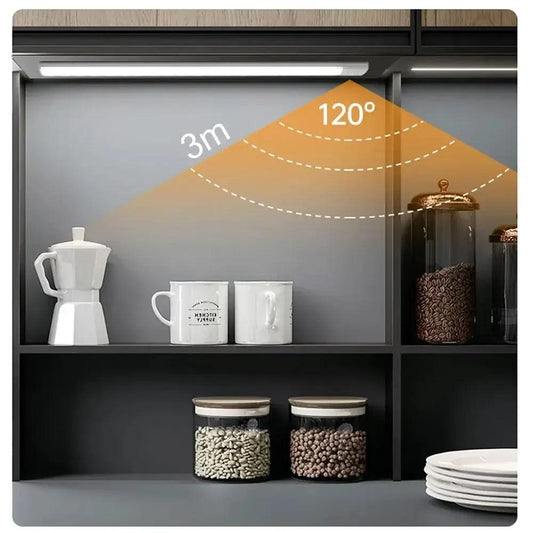



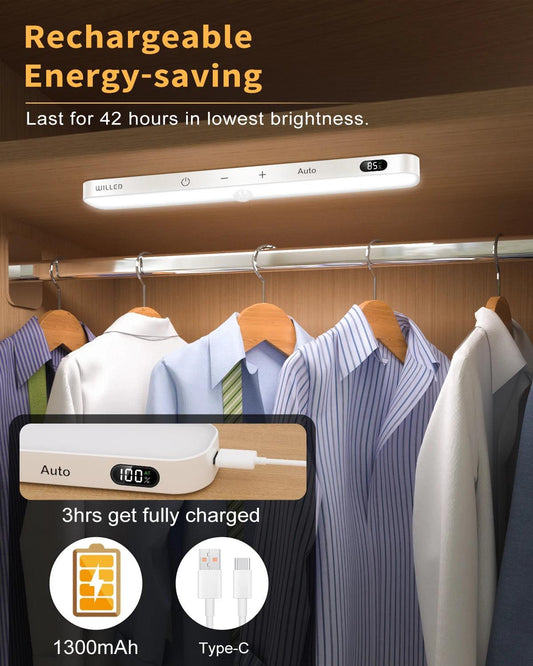

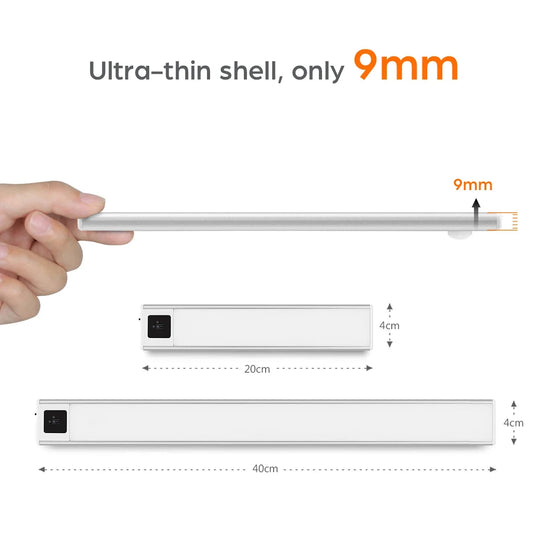

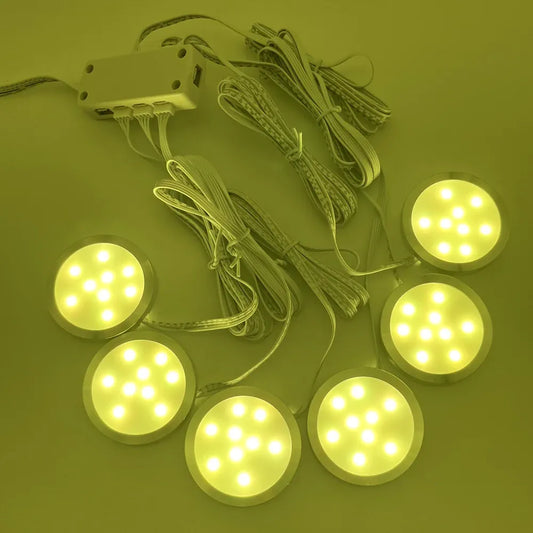



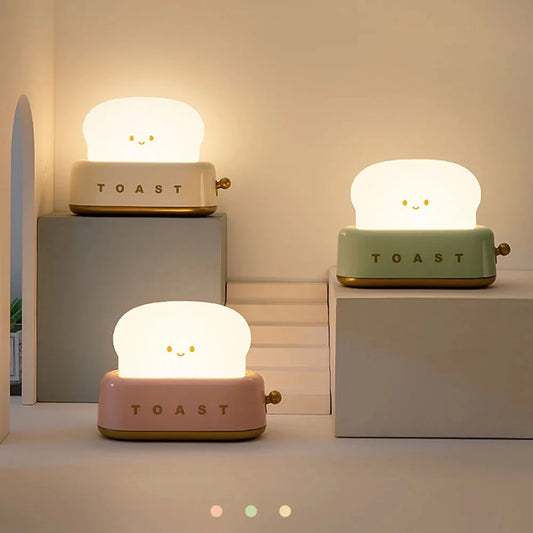

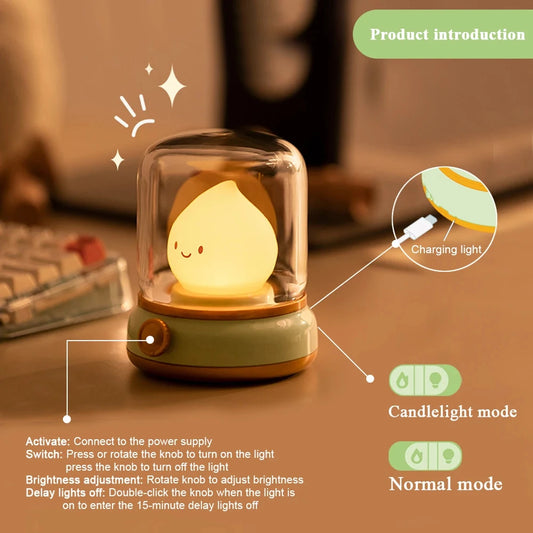

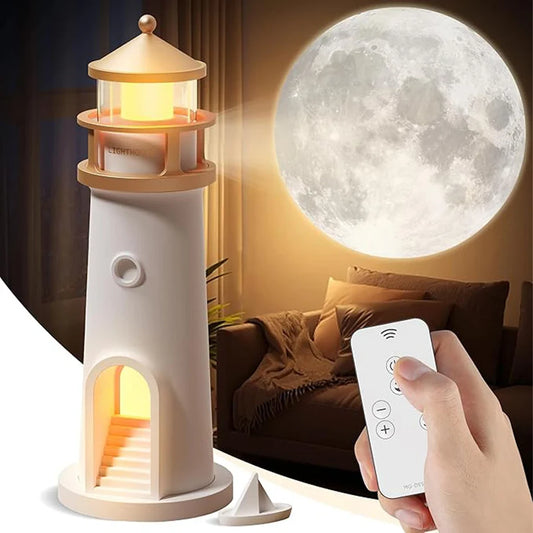

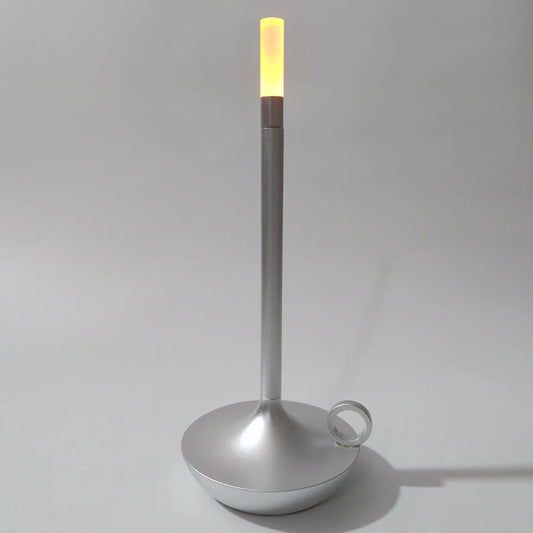

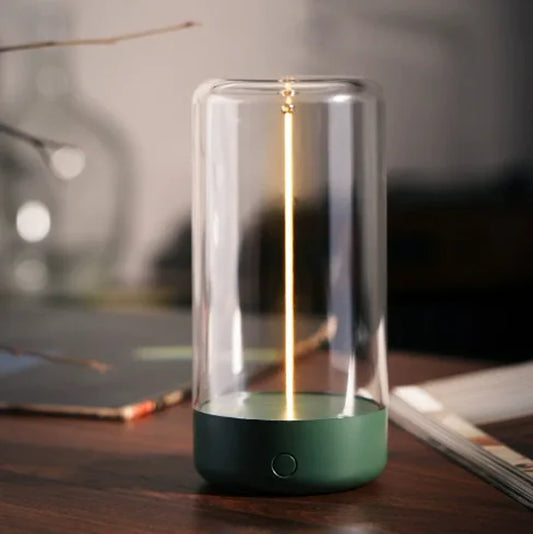

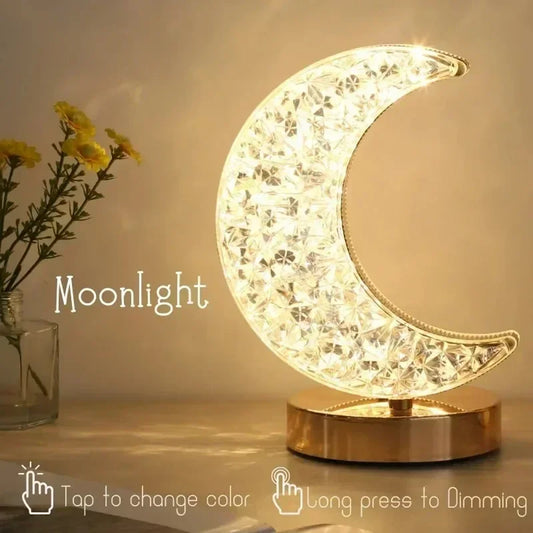



 />
/>
 />
/>
 />
/>
 />
/>
 />
/>